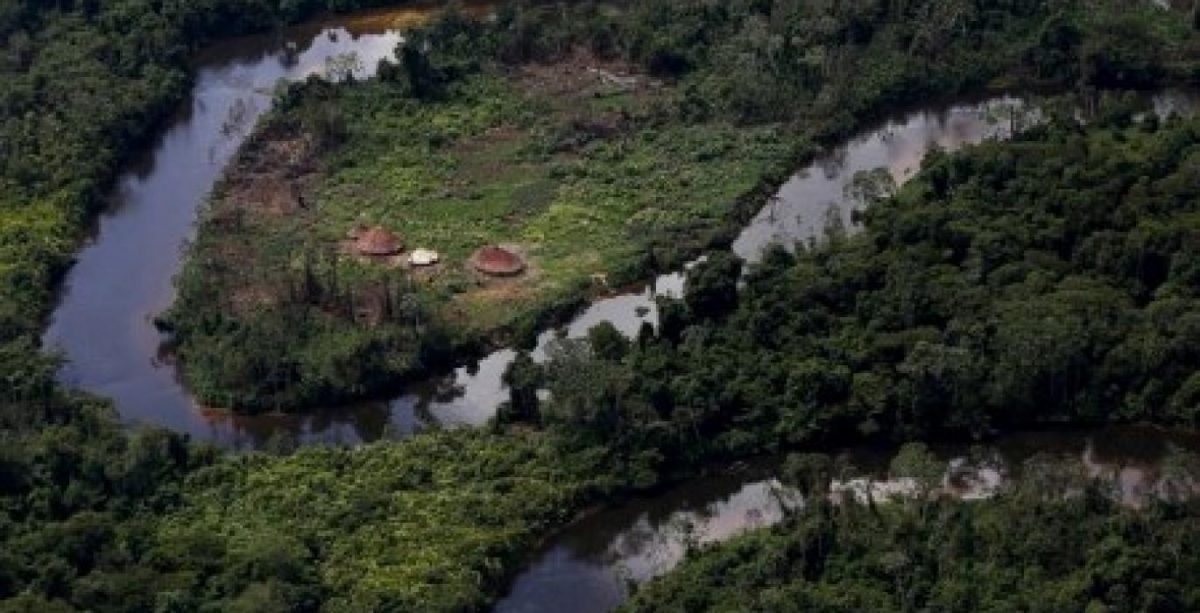RIO DE JANEIRO, (Reuters) – The area used for informal mining in Brazil has for years surpassed that used for industrial mining, according to data shared yesterday by the Brazilian Mining Association (IBRAM).
Both legal and illegal informal mining covered 196,000 hectares in Brazil in 2021, the most recent year with data, compared with industrial mining’s 170,000 hectares, IBRAM’s Chief Executive Raul Jungmann said in a news conference, citing data from MapBiomas, a Brazilian group that monitors land use.
Illegal miners are increasingly associated with well-armed gangs and operate on protected indigenous reserves, contributing to dire health problems for vulnerable indigenous communities who live there.
IBRAM, which represents giant mining companies in Brazil that include Vale VALE3.SA, BHP BHP.AX and Rio Tinto RIO.L, does not distinguish between legal and illegal informal mining.
The group has suggested Brazilian authorities increase “repression, command and control” of the informal miners.
Data from MapBiomas showed informal mining activity overtook industrial mining between 2018 and 2019 for the first time since the turn of the century.
“It is necessary to suffocate, remove, strangle the (mining) market in economic terms for this criminal sector,” Jungmann said.
The government of Brazil’s new President Luiz Inacio Lula da Silva has pushed to fight illegal mining, especially in indigenous territories.
Last month, the government declared a health emergency on Brazil’s largest indigenous reservation that was occupied by over 20,000 miners.
Illegal gold mining, which surged during the previous government and is known as “garimpo” in Portuguese, is destroying the environment and the Amazon rainforest, Jungmann said recently.






